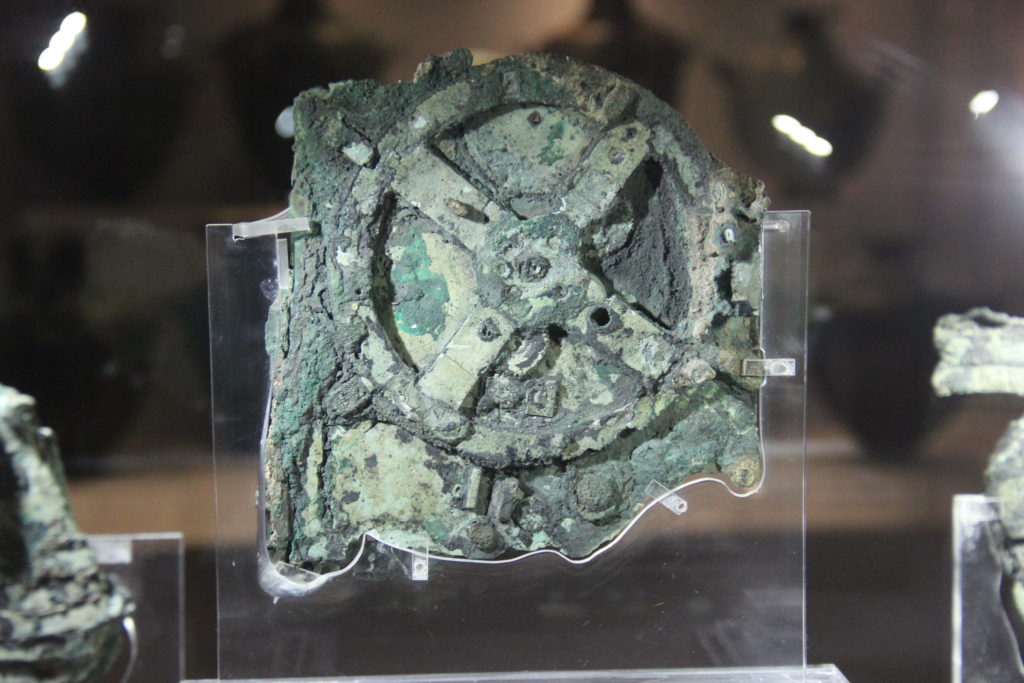
KATHERINE NEVILLE’S
Augustus Newsletter
August 12, 2022

The Eighth Month
More than 2000 years ago, on August 12, the queen of Egypt, Cleopatra, took her own life. This month was subsequently, in 8 BC, named “August” in honor of Octavian (Julius Caesar’s great nephew and adopted son), who’d been dubbed the first Emperor of Rome, with the honorific title of Caesar Augustus: “Majestic.”
Naming the month after Augustus also celebrated his earlier victory over Marc Antony and Cleopatra at the famous Battle of Actium, which had effectively ended Egyptian hegemony and turned the Roman Republic into an empire that would span much of the known world.

Calendar Reform
Decades earlier, while Julius Caesar was in Egypt, hanging out with Cleopatra on her royal barge, he got the idea to reform the Roman republic’s calendar, and consulted with her favorite astronomer, Sosigenes of Alexandria. The result: the Julian Calendar (Julius even named the month of July after himself.)
This calendar remained in effect until the sixteenth century when Pope Gregory XIII reformed it to the calendar that much of the world still uses today.
More about ancient devices that tracked the movements of the sun and moon:
Antikythera mechanism fragments. “The mechanism consists of a complex system of 30 wheels and plates with inscriptions relating to signs of the zodiac, months, eclipses and pan-Hellenic games. The study of the fragments suggests that this was a kind of astrolabe. The interpretation now generally accepted dates back to studies by Professor Derek de Solla Price, who was the first to suggest that the mechanism is a machine to calculate the solar and lunar calendar, that is to say, an ingenious machine to determine the time based on the movements of the sun and moon, their relationship (eclipses) and the movements of other stars and planets known at that time. Later research by the Antikythera Mechanism Research Project and scholar Michael Wright has added to and improved upon Price’s work. The mechanism was probably built by a mechanical engineer of the school of Posidonius in Rhodes. Cicero, who visited the island in 79/78 B.C. reported that such devices were indeed designed by the Stoic philosopher Posidonius of Apamea. The design of the Antikythera mechanism appears to follow the tradition of Archimedes’ planetarium, and may be related to sundials. His modus operandi is based on the use of gears. The machine is dated around 89 B.C. and comes from the wreck found off the island of Antikythera. National Archaeological Museum, Athens, No. 15987.” (Wikipedia)